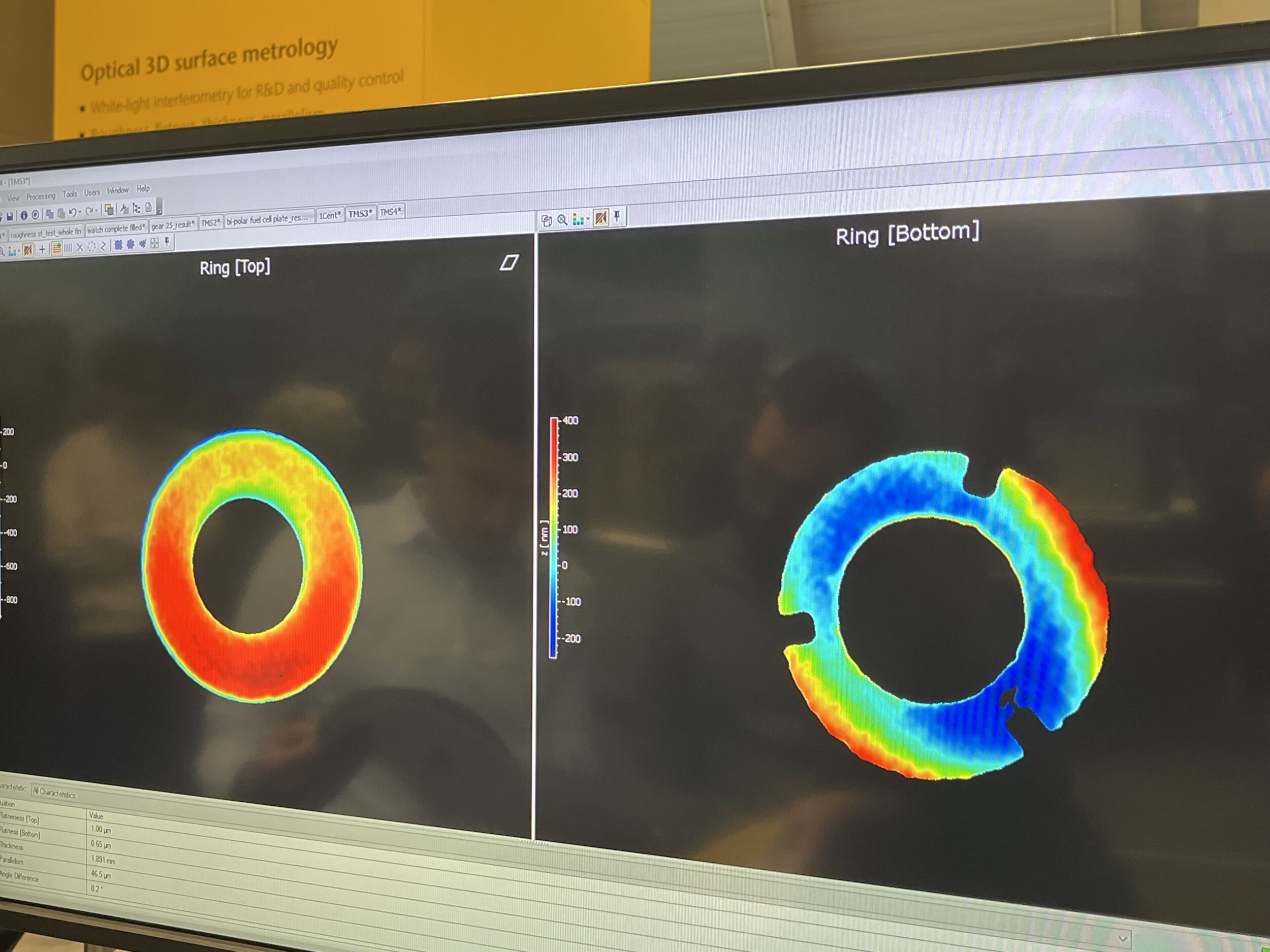Multicast
While not in use by all applications, many of Emergent’s largest deployments utilize the Multicast feature of the Ethernet standard. Point-to-point protocols like TCP and RDMA cannot support multicasting by their nature. RDMA does have other modes it can operate in which essentially remove its flow control and packet retransmission feature – this is tantamount to the current GVSP standard. Two primary benefits of multicast exist: redundancy and distributed processing. Redundancy allows critical systems to have the fastest fail over to avoid downtime. In larger systems, switches are present and back-up servers can be setup to take over camera streams when one server has a problem. Distributed processing is especially important as the number and speed of cameras is increased and also very much dependent on the type of processing required. Some applications will simply take multicast camera data to another system for display while the heavy processing is done in other systems. Even on the same server the switch can send virtually Zero delay copies to different GPUs for parallel processing. It is nice to start with a technology that allows for such an architecture even if not immediately required. One representative deployment is with the 240 Emergent Bolt HB-25000SB 25GigE 25MP cameras running at 90fps across six mid-range servers – that is 40x 25GigE cameras per mid-range server which is unparalleled and miles ahead of any solution out there.
The Big Picture
Many camera manufacturers focus their attention on enabling the transfer of data from camera to receiver. They claim success once sensor data has arrived in system memory, leaving the integrator or customer with responsibility to manage that data into processing nodes. In some applications, system memory and the CPU are sufficient for managing and processing the incoming data stream(s) particularly when post-processing can be employed. In others however, particularly where multiple 10GigE, 25GigE or 100GigE streams are being used, real-time processing requires the use of offload technologies to more adequate processing nodes. In the concepts and proposals for alternate interface or protocol methods, this seldom comes up. We need to see the big picture. Over the past 15 years, Emergent has pioneered and developed 10GigE, 25GigE, and 100GigE area and line scan cameras and created an eco-system to support the most reliable highest speed imaging applications.
www.emergentvisiontec.com












